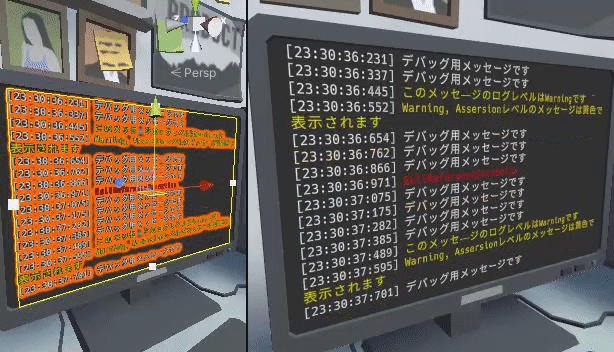
Use the Framework version dropdown to select your desired version.īy default, the methods are inserted at the position of the cursor. In the Create script methods window, mark the checkbox next to the name of each method you want to add. In Visual Studio for Mac, press Cmd+ Shift+ M.

In Visual Studio, position the cursor where you want the methods to be inserted, then press Ctrl+ Shift+ M to launch the MonoBehavior wizard.

To create empty MonoBehavior method definitions with the MonoBehavior wizard:

This feature, particularly with the Generate method comments option enabled, is helpful if you are still learning what's available in the Unity API. Now you're up and running on Android.You can use the MonoBehavior wizard to view a list of all the Unity API methods and quickly implement an empty definition. You can choose to export an APK file directly, which you can install on a test device, or to export a project file to be opened in your Android IDE. When prompted for an output directory name, call it unity_android. Now, back in the Unity Editor, click the 'Build' button. Go to the 'Android' pane in the Basic tab of your app's 'Settings' page, and fill in the 'Bundle ID', 'Key Hashes', and 'Class Name' fields. Now, let's add the Bundle ID, Key Hash, and Class Name to your app's Facebook settings. Now select 'Edit Settings' from the 'Facebook' menu.įind and note the value of the 'Debug Android Key Hash' in the 'Android Build Facebook Settings' panel. Fill in the 'Bundle Identifier' field with a valid bundle identifier, usually formed using your company name and product name. With the Build Settings dialog still open, click 'Player Settings.' Then, in the Inspector pane go to 'Settings for Android', then 'Other Settings'.

Ensure the sample project scenes have been added to the 'Scenes in Build' as previously described here.Ĭlick on Player Settings and make sure the android Minimum API level is set to "Android 4.0.3 'Ice Cream Sandwich' (API level 15)" or higher. From the menu, choose 'File', 'Build Settings…' In the Build Settings dialog, under 'Platform', select 'Android' as the target and click 'Switch Platform'.


 0 kommentar(er)
0 kommentar(er)
